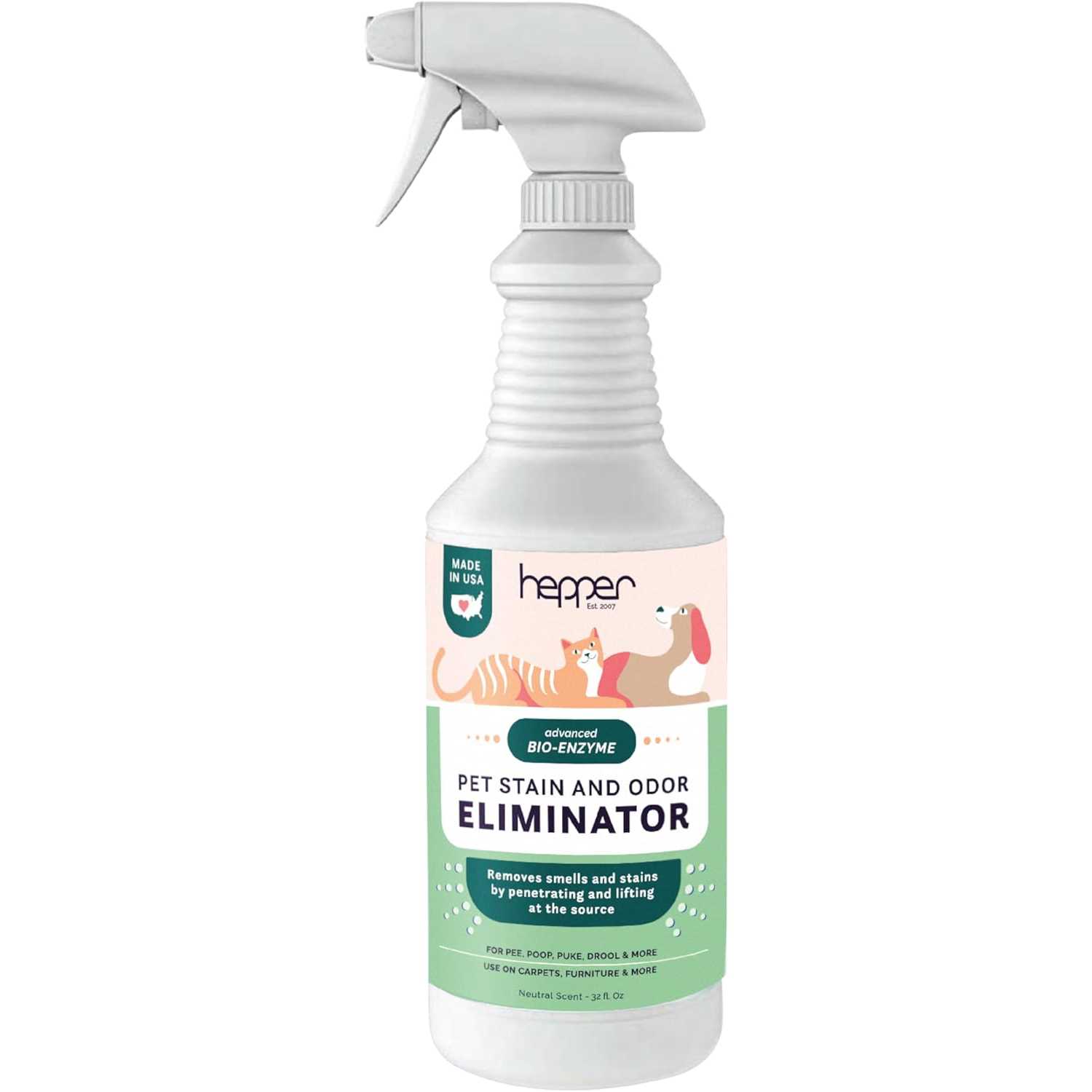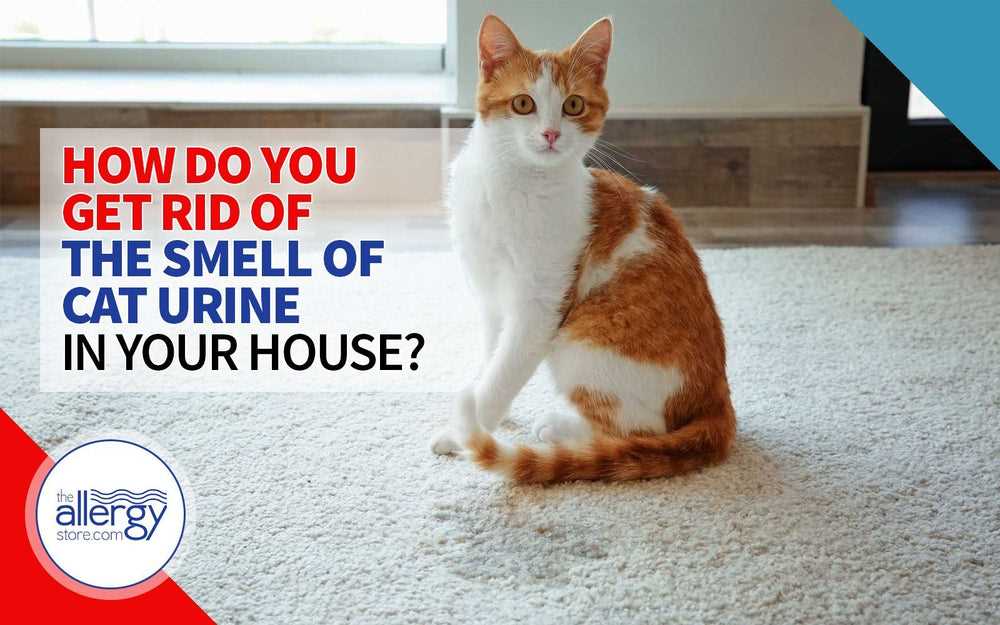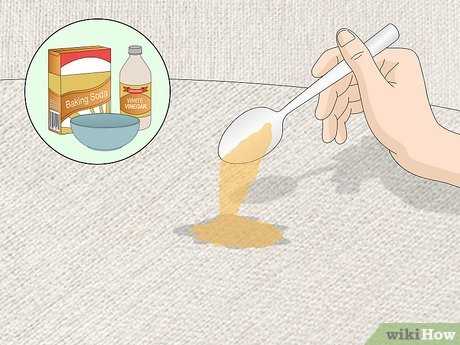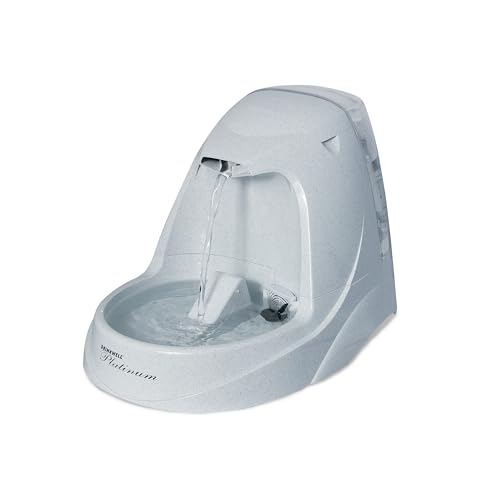



Start with a solution of equal parts water and white vinegar. Gently blot the affected area using a clean cloth, allowing the mixture to penetrate the fabric. This natural remedy neutralizes odors effectively.
For stubborn issues, consider a paste made from baking soda and water. Apply it generously to the spot, let it dry completely, then vacuum it away. The baking soda absorbs lingering scents, leaving your upholstery fresh.
Commercial enzymatic cleaners are another option. These products break down odor-causing substances. Follow the instructions carefully, ensuring thorough application for optimal results. Always test on a small, hidden area first to avoid damage.
Regular maintenance is key. Vacuuming upholstery weekly helps prevent buildup and keeps your living space smelling pleasant. Additionally, ventilate the area well to allow fresh air to circulate.
Effective Strategies for Odor Elimination
Mix equal parts of white vinegar and water in a spray bottle. Spray the solution directly onto the affected area and let it sit for 10-15 minutes. Blot with a clean cloth to absorb moisture.
Enzymatic Cleaners
Opt for enzymatic cleaners specifically designed for organic stains. These products break down the substances causing unpleasant odors. Follow the instructions on the label for best results.
Natural Absorbents
- Sprinkle baking soda generously over the area. Allow it to sit for several hours or overnight to absorb lingering odors.
- Activated charcoal can also be placed near the affected spot as it attracts and traps odors.
Vacuum the area after using baking soda or charcoal to remove any residue.
Identify the Source of the Odor

First thing I do is sniff around. My keen nose helps me track down the exact spot where the unpleasant scent lingers. Look closely at areas where I like to hang out–cushions, rugs, or any cozy nooks. Even small spots can be the culprits.
Check for Stains
After a thorough sniff, I inspect for any visible stains. These can be tricky to spot, especially on darker surfaces. Use a flashlight to reveal any hidden marks, as they often glow under UV light. This step ensures no area is overlooked.
Consider Multiple Sources
Sometimes, there’s more than one location contributing to the issue. A thorough investigation might uncover surprises, like old spots that were missed or new areas where I’ve marked my territory. Keep an open mind and check all suspected spots.
Choose the Right Cleaning Solution
For tackling unpleasant odors, enzymatic cleaners are my top pick. These solutions break down organic stains at a molecular level, effectively neutralizing troublesome scents. Look for products specifically designed for pets, as they contain the necessary enzymes to tackle this issue.
If you prefer a DIY approach, a mixture of white vinegar and water works wonders. Combine equal parts in a spray bottle and apply it to the affected area. The acidity of vinegar helps to eliminate lingering odors without causing damage to most surfaces.
Baking soda is another fantastic option. Sprinkle it generously over the area, let it sit for several hours or overnight, and then vacuum it up. This method absorbs odors rather than masking them, leaving a fresher scent behind.
When selecting a product, avoid those with strong fragrances that might only cover up the issue temporarily. Always test any cleaner on a small, inconspicuous area first to ensure it won’t cause discoloration or damage.
Apply the Cleaning Method Properly

First, ensure that the area is well-ventilated. Open windows and doors to allow fresh air to circulate. Next, gather your supplies: a suitable cleaning solution, soft cloths, and a scrub brush. If you’re dealing with fabric, use a vacuum to remove any loose particles before applying the mixture.
Test the cleaning solution on a small, inconspicuous area to check for discoloration or damage. Once confirmed safe, apply the solution directly onto the affected spot. Use a soft cloth to gently blot the area; avoid rubbing, as this can spread the issue. For stubborn stains, let the cleaner sit for a few minutes before blotting again.
Rinse and Dry
After treatment, dampen another cloth with plain water and wipe the area to remove any residue from the cleaner. It’s crucial to ensure that no solution is left behind, as this can attract more unwanted odors. Finally, dry the area thoroughly. A fan can help speed up the process, or you might consider using a best rechargeable portable air compressor to remove excess moisture efficiently.
Neutralize Remaining Odors
White vinegar works wonders. Mix equal parts of vinegar and water in a spray bottle. Spray the affected area generously, then blot it with a clean cloth. This will help eliminate lingering scents.
Baking soda is another powerhouse. Sprinkle it over the area and let it sit for several hours or overnight. Vacuum it up afterward. This absorbs odors effectively.
Activated charcoal can also be utilized. Place bowls of it around the room to absorb any remaining scents. This natural method is incredibly efficient.
If any odors persist, consider using enzymatic cleaners specifically designed to break down organic compounds. Follow the manufacturer’s instructions for best results.
Ventilation plays a key role. Open windows and use fans to circulate fresh air, which helps dissipate any residual fragrances. Regularly airing out the space can significantly improve freshness.
Prevent Future Incidents
To avoid unwanted situations, ensure litter boxes are clean and accessible. Maintain a consistent cleaning routine, scooping daily and changing litter weekly. Consider placing additional boxes in different areas if you have multiple pets. This provides options and encourages proper usage.
Provide Engaging Activities
Keep boredom at bay by offering stimulating toys and activities. Interactive options, like puzzle toys for cats, can keep me entertained and less likely to misbehave. Rotate toys regularly to maintain interest and challenge my clever mind.
Monitor Health and Behavior

Changes in habits may signal underlying health issues. Regular vet check-ups are essential. If I suddenly avoid the litter box or show signs of distress, it’s time for a visit. Addressing potential medical concerns promptly can prevent future mishaps.
FAQ:
What are the best methods to eliminate cat urine odor from furniture?
To effectively remove cat urine smell from furniture, you can try several methods. One popular approach is using a mixture of white vinegar and water. Combine equal parts of both in a spray bottle, apply it to the affected area, and let it sit for about 15 minutes before blotting it up with a clean cloth. Another option is to use baking soda, which can absorb odors. Sprinkle baking soda over the area, allow it to sit for several hours or overnight, and then vacuum it up. Enzymatic cleaners specifically designed for pet messes are also highly effective, as they break down the urine compounds and neutralize the smell. Always test any solution on a small, inconspicuous area first to ensure it does not damage the fabric.
How long does it take for the smell of cat urine to completely disappear?
The time it takes for the smell of cat urine to disappear can vary depending on several factors, including the type of furniture, the severity of the stain, and the cleaning method used. Generally, if treated promptly with the right cleaning solutions, the odor can significantly reduce within a few hours. However, in some cases, especially if the urine has penetrated deep into the material, it may take several days or even weeks for the smell to vanish completely. Consistent cleaning and using odor-neutralizing products can help speed up this process.
Are there any home remedies for removing cat urine smell from upholstered furniture?
Yes, there are several effective home remedies for tackling cat urine smell on upholstered furniture. One popular method involves using a mixture of hydrogen peroxide, dish soap, and baking soda. Combine one cup of hydrogen peroxide, a few drops of dish soap, and two tablespoons of baking soda in a spray bottle. Lightly spray the affected area, let it sit for about 10-15 minutes, and then blot it with a clean cloth. Another option is to use lemon juice diluted in water, which can help neutralize odors. Always test any home remedy on a small area first to check for colorfastness and avoid damage.
What should I do if the smell of cat urine persists after cleaning?
If the smell of cat urine persists after cleaning, it may indicate that the urine has soaked deep into the furniture or padding. In such cases, consider using a professional upholstery cleaning service that specializes in pet odor removal. They have access to industrial-grade cleaning products and equipment that can effectively treat deep-set odors. Additionally, you may want to apply an enzymatic cleaner again or consider replacing the affected cushion or upholstery if the smell cannot be eliminated. Regular cleaning and maintenance can also help prevent future odors.








